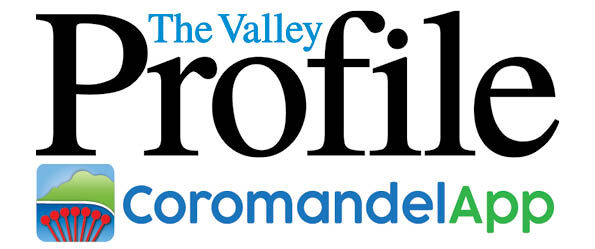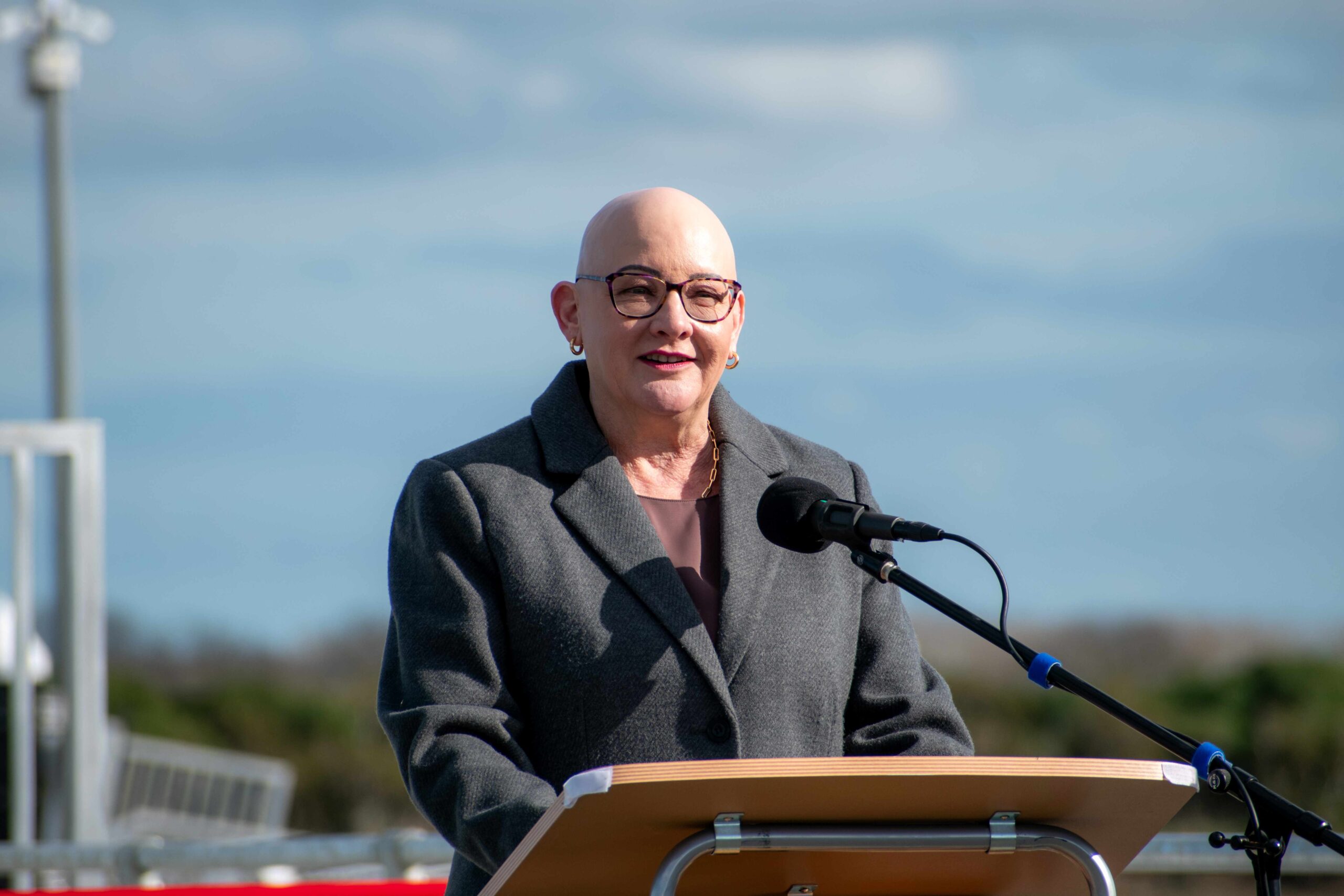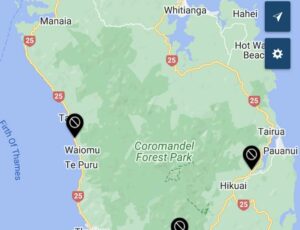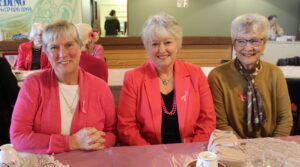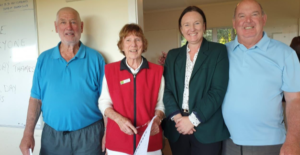Waikato regional councillors have set the budget for the 2025/26 financial year, the council said, and have opted to retain a $2.5 million surplus rather than lower rates further.
Following almost five hours of deliberations on May 20, councillors agreed on an increase in rates revenue from current ratepayers of $152.584 million or 5.7 per cent – less than the 5.9 per cent proposed for consultation, and significantly lower than the 8.6 per cent signalled 12 months ago through its 2024-2034 long term plan.
“Staff and councillors have worked hard together to deliver a fiscally responsible budget,” Waikato Regional Council chair Pamela Storey said.
Councillors were evenly split on whether to use a prior year surplus of $2.545 million to reduce rates for 2025/26, or to hold it to be available for one-off costs that arise due to rapid changes in the council’s operating environment.
Operating surpluses arise from differences between budgeted and actual revenue and expenditure, the council said, and could be due to operational savings or through changes in the operating environment, such as changes to the official cash rate.

Two public submissions on this matter said they wanted the council to hold onto the surplus.
Council staff told councillors rates for 2025/26 would drop to 4 per cent if the surplus was used to reduce rates. At a property level, returning the surplus would see a reduction in the general rate of $1.09 per $100,000 capital value. For a $1 million property, that would equate to $10.90 off the annual rates bill.
There would also be consequences in the following year, staff said, with the rates increase projected in the long term plan going from 4.2 per cent to 5.9 per cent.
“Giving back the surplus now would create a gap in our finances for future years and force bigger rates increases later on.
“It would also leave us less prepared for unexpected events, like a major cyclone or a biosecurity threat like we’ve seen with Caulerpa and freshwater clams,” chair Storey said.
On the casting vote of Chair Storey, the motion to return the surplus to ratepayers was lost.
Consultation was open from April 1-30, with feedback being sought on two key proposals: public transport rating and a river and catchment funding model for Wharekawa Coast. The council also sought views on changes to fees and charges and a new rate remission policy.
Hearings were held in Paeroa and Hamilton on May 19, with 10 of the 143 individuals and groups who made a submission on the draft annual plan providing in-person feedback.
“We appreciate the time taken by submitters to share their views and have balanced what we heard against the needs of our communities,” chair Storey said.
On the topic of regional rating for public transport, councillors agreed to stick with capital value for Hamilton ratepayers and introduce a flat per property rate in four categories across the rest of the Waikato.
For the Wharekawa Coast, on the Firth of Thames, funding was confirmed through a mix of targeted and general rates, with a differential between rates charged to direct and indirect beneficiaries.
